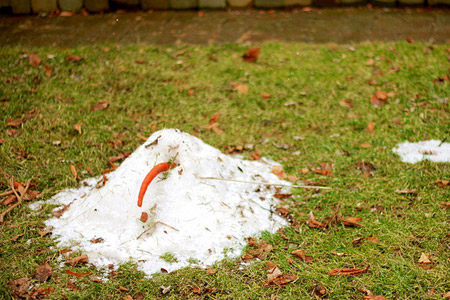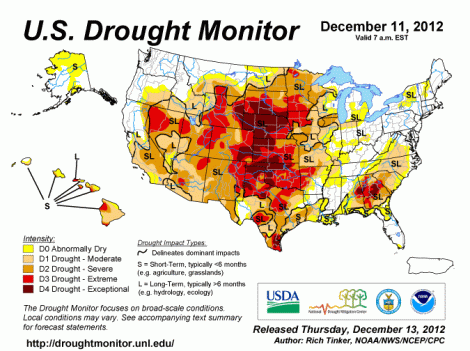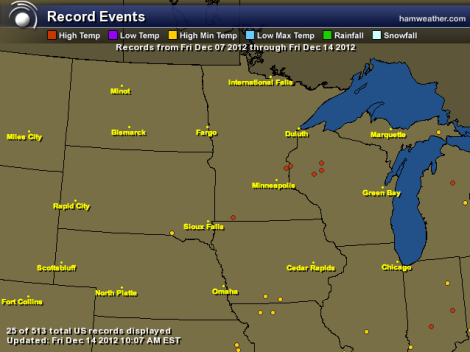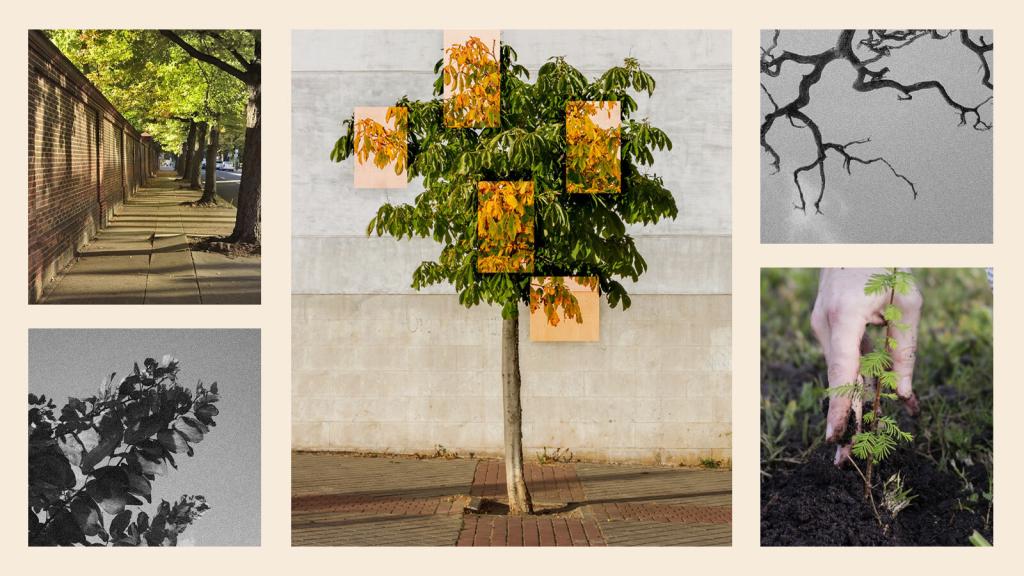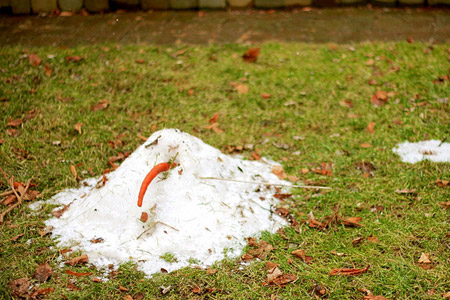
ShutterstockEven hoping for a snowman this large is optimistic.
Having lived in a snowy region, I certainly understand that snowfall can be a pain in the ass. It’s great while falling, to a point, and great when sitting in large drifts in the yard preventing egress to school and/or work, and then terrible when you have to shovel it or see it in dark, muddy piles by the side of the road or struggle out into it to go to school and/or work.
So this news is a mixed blessing: Cities across the Midwest are setting new records for the number of consecutive days without measurable snowfall.
Chicago is the most notable entrant on the new records list. The city is now in its 285th straight day without accumulation — passing the record of 280 set in 1994. (City government isn’t complaining, given how much it is saving on snow removal.) Champaign-Urbana, Ill., is at about 283. Lincoln and Omaha, Neb., are both in the low 300s. Des Moines broke a record set in 1889, entering its 285th day today.
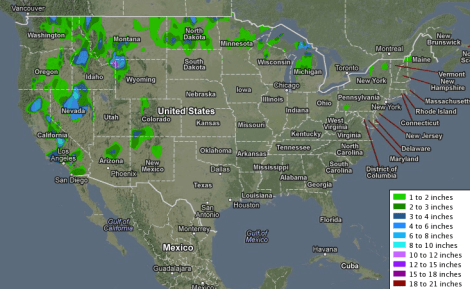
NOAASnowfall over the last 72 hours.
Part of the problem is the drought, which affects snow as well as rain. And with much of the area still under severe drought conditions, even negligible precipitation is unlikely.
From USA Today:
National Weather Service program manager Jim Keeney said the country’s drought conditions this year are to blame for snow not sticking to the ground.
“At this point it doesn’t matter what falls from the sky, snow or rain,” he said. “To get precipitation would be beneficial for a chunk of the country.”
He also noted some cities that have seen snow are well below their averages this time of year.
Minneapolis usually has about 11 inches of snow on the ground by early December – but the measurement stands at less than an inch right now. Green Bay, Wis., is more than four inches off its normal snowfall.
The other problem is stubbornly high temperatures. This map shows the past week’s new high temperature records (red) and new high minimum temperatures (yellow). It’s a smattering, but still suggests warmer-than-average-temperatures across the region.
Even if precipitation fell, if it’s not cold enough, that water won’t fall as snow.
Why are temperatures so high and the drought so persistent? Well, that’s subject to rigorous, thoughtful debate. Scientists would likely suggest that they are symptomatic of a changing climate, though, of course, particular local weather variations are not uncommon. Republicans, on the other hand, would blame sun spots. So who knows.
In short: those kids in Illinois and Nebraska dreaming of a brownish-gray Christmas: your wish is likely to come true. But if you were also wishing for a few snow days? Better luck next year.

